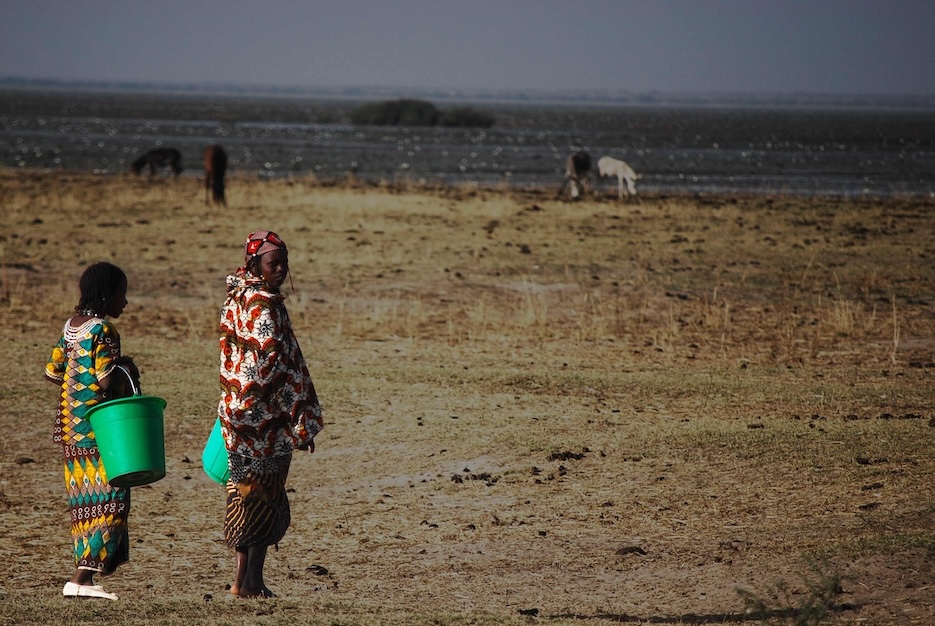In a 2009 TED Talk with over 35 million views, Nigerian novelist Chimamanda Ngozi Adichie speaks about the danger of a single story and the simplifications that they promote. Her observations are highly pertinent in the case of the Sahel. Persistent single stories in the media and the international policy sphere portray the Sahel region as an area of intractable conflict, drought, famine and displacement, but lack meaningful explanation.
This data story examines how overly simplistic causal models which assume uncomplicated connections between climate change, conflict and displacement mask a much more complex story.
We start with a high-level overview to better understand how climate change, conflict and displacement intersect with a range of other factors to affect people across the Western, Central and Eastern Sahel (inclusive of the Horn of Africa) – an area of some 363,000 km2.
We explore changing definitions of displacement and the diverse causes of regional conflict, first drawing on the experiences of Mali and Burkina Faso, before examining the Saameynta Initiative in Somalia which seeks to put in place durable solutions for Internally Displaced People (IDPs) who have been forced to settle in urban areas.
The data story concludes by reflecting on the important role that land governance can play as part of a broader intersectional approach to find and implement durable solutions in volatile settings across the Sahel - a region which remains highly vulnerable to conflict and catastrophic climate change.
View this data story in full screen.
Download the PDF version.
This is the third in a series of data stories from the Land Portal Foundation as part of the the LAND-at-scale program. LAND-at-scale is a Dutch land governance support program, financed by the Netherlands Ministry of Foreign Affairs and managed by RVO.

